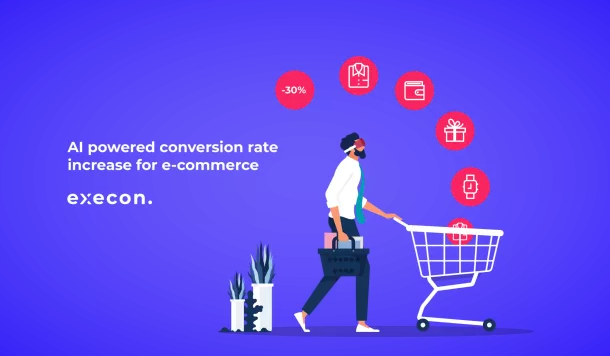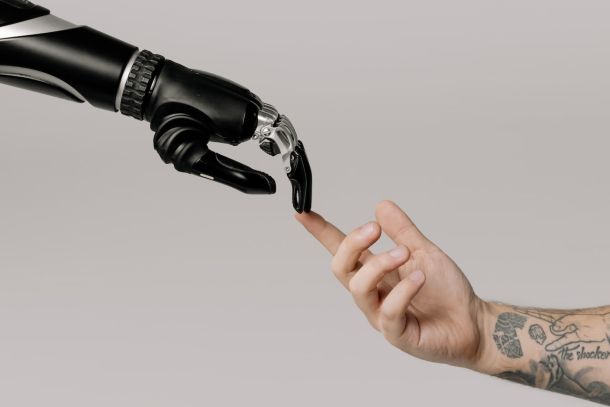How ChatGPT(AI) can be used in workflow systems
23 May, 2023
By incorporating ChatGPT into workflow systems, businesses can benefit from real-time conversational assistance, task automation, decision support, workflow status updates, contextual guidance, natural language understanding, and continuous learning. This ultimately leads to improved productivity, streamlined processes, and enhanced user experience within the workflow system.
- Real-time Conversational Assistance: ChatGPT can act as a virtual assistant within a workflow system, providing instant responses to user queries, offering guidance, and facilitating interactive conversations. Users can interact with ChatGPT through a chat interface, asking questions, seeking clarification, or requesting information related to their workflow tasks.
- Task Automation: ChatGPT can automate routine and repetitive tasks within a workflow system. By integrating with other systems and APIs, ChatGPT can perform actions, retrieve data, update records, or trigger specific workflow steps based on user instructions or predefined rules. This automation reduces manual effort and speeds up the execution of tasks.
- Decision Support: ChatGPT can offer intelligent decision support throughout the workflow process. It can analyze data, provide insights, suggest next steps, or recommend optimal actions based on predefined criteria or machine learning algorithms. This helps users make informed decisions and ensures consistency and efficiency in the workflow.
- Workflow Status Updates: ChatGPT can provide real-time updates on the status of workflows. Users can inquire about the progress of tasks, receive notifications on completed steps, or get alerted about any issues or bottlenecks in the workflow. This helps users stay informed and take timely actions or escalations as needed.
- Contextual Guidance and Knowledge Sharing: ChatGPT can provide contextual guidance and share relevant knowledge resources within the workflow system. It can offer step-by-step instructions, links to documentation, or best practices to help users navigate through complex tasks or unfamiliar processes. This promotes self-service and reduces dependency on external support.
- Natural Language Understanding and Processing: ChatGPT utilizes natural language understanding and processing capabilities to interpret user inputs accurately. It can handle various user queries, understand context, and extract relevant information. This allows for seamless and intuitive interactions within the workflow system, enhancing the user experience.
- Continuous Learning and Improvement: ChatGPT can be trained and fine-tuned based on user interactions and feedback. As it interacts with users and receives input, it can learn from these interactions and improve its responses over time. This ensures that ChatGPT becomes more effective and tailored to the specific workflow system and user needs.

Line of Business Director



















